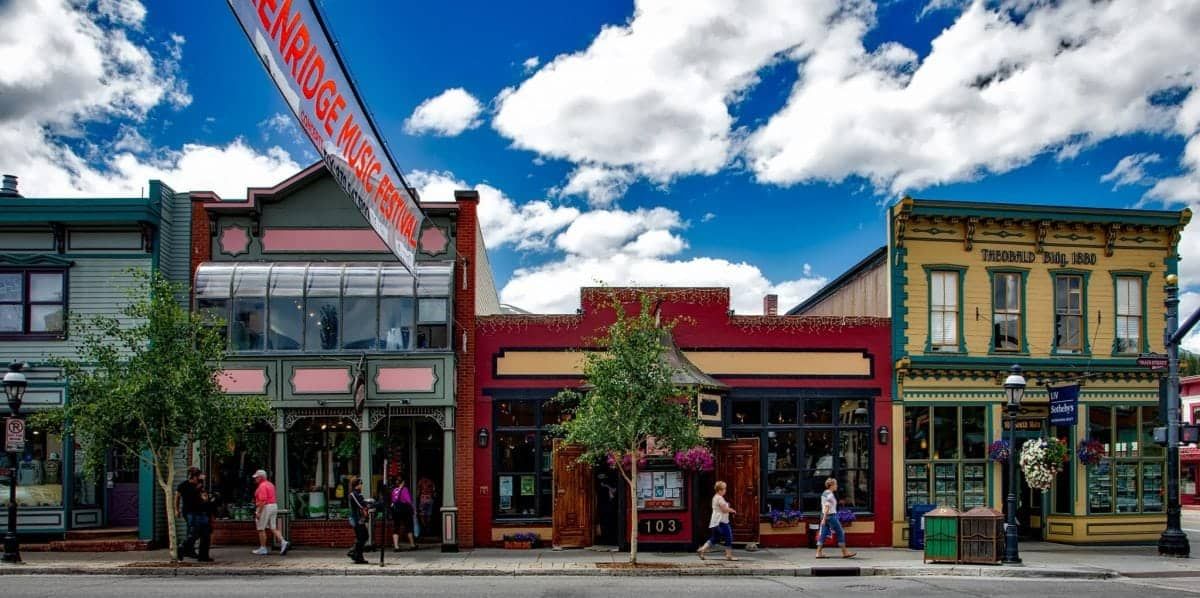
If you’ve just walked past your fifth Pret a Manger of the day and you’re wondering where all the independent retailers and cafes in London have gone, business rates might be the answer. According to a report in the Evening Standard, only major chain stores can afford to pay the new levels of business rates which are coming into effect in a few months time.
Business rates experts have long been warning that the 2017 business rates revaluation will be a major cause for concern for companies across the UK, as business rates—taxes based on the value of a commercial premises—are set to rise for everyone. Because of this, independent stores may be forced out of expensive areas, to be replaced by outlets of francophone café chains which have apparently forgotten they were ever supposed to be French.
Look around you. How many chain stores do you see? If the answer is none, you’re probably inside. The point I am trying to make is this: there are a ton of chain stores these days. Especially in London. Living in London, I can’t even remember the last time I couldn’t see a Pret out of the corner of my eye. (Actual number of Prets in London? 139 according to this estimate.)
While this may be great news for anyone who needs a steady supply of soggy falafel wraps to get them through the day, but for those who operate, or simply appreciate, thriving independent shops, cafes or restaurants, it’s a sorry state of affairs.
Serious bastion of journalism The Telegraph have articulated the issue best with gifs. The moving map image shows the spread of chain cafes around the country in one simple, shareable, looping animation. The map’s eerie similarity to a post-General Election results map is no coincidence: modern Londoners are likely more loyal to their favourite cafe chain than they are to any political party. But this map is similar to recent post-electoral maps in two other ways: 1) It makes for depressing reading, and 2) It doesn’t include a lot of independents.
Unlike every other freelance journalist crammed into Prets and Starbucks across the city, I’m going to step away from the coffee for a moment to look at the diminishing array of independent stores. The most accurate insight we can get into the independent vs chain brand divide comes from data provided by the grocery industry.
According to these frighteningly up-to-date statistics, independent stores have a measly 1.8% of the grocery market share, whilst Tesco’s alone has nearly one third. If it helps, imagine you run an independent grocery store, about thirty people will go into the Tesco’s next door before you even get 2 whole customers in yours. The point is, things look bad for you. And once the 2017 business rates revaluation comes into effect, things will only get worse. As more independent stores shut down, London will be fully transformed into a sea of identikit storefronts.
The good people at the Evening Standard have also been investigating the impact of business rates in some of the country’s most independent shopping hubs. The free paper’s journalists spoke to author-turned-Spitalfields Market stall owner Jeanette Winterson about her small business, which the paper describes as “a victim of a hike in business rates”.
Winterson says she has seen several fellow independent retailers close down and be quickly replaced by chain store rivals. She calls Spitalfields “so corporate you want to kill yourself.” On her city’s future she says: “It will be utterly bland because only the big guys will survive.” And this is the heart of the problem. Sure, we might love our Pumpkin Spice Lattes, but is that all we want? Because from where I’m standing in the Starbucks queue, the future looks bland.